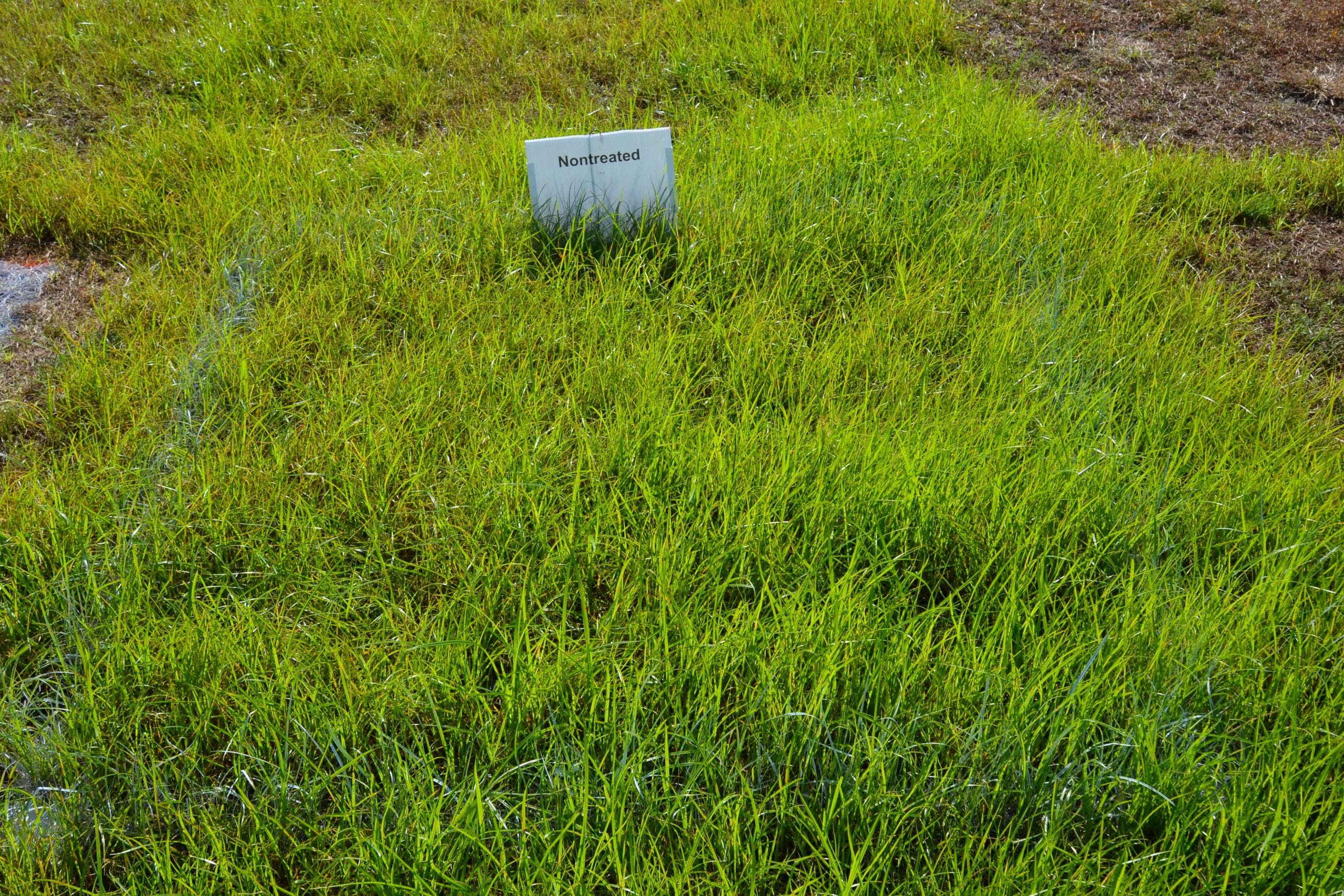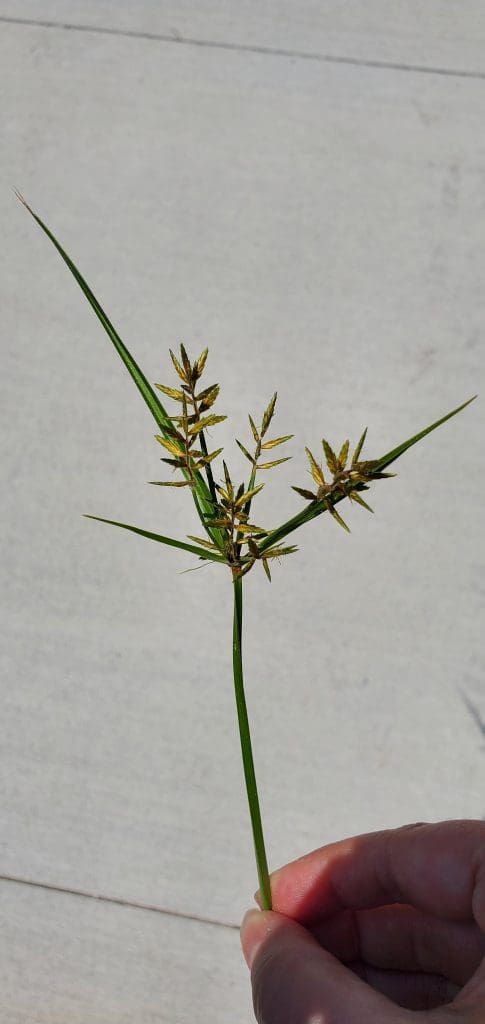
Sponsored Content
As fall approaches, there are two foes still lingering about in turf: sedges and crabgrass. Is there a solution out there that can help? Of course!
The season is winding down, turfgrass growth is slowing, but weeds continue to be a thorn in your side. What are your options for managing crabgrass and sedge as the season begins to slow down?
We know that crabgrass is an annual weed and will grow and set seed throughout the season until it eventually dies later in the year. Sedges, on the other hand, are perennial and while the foliage may die back later in the year, the tubers in the soil store carbohydrates for plants to survive the winter and regrow the following year. Generally, the goal is to control weeds when they’re very young and tender or before they set seed. In the case of sedge, it is easiest to control after maximum shoot emergence but before tuber production.

One solution to controlling weeds in the fall is postemergence herbicide applications with Solitare® WSL. Solitare® WSL contains a mixture of sulfentrazone and quinclorac and is absorbed by the foliage, roots, and shoots of the plant, controlling multiple weeds that would otherwise force you to mix different herbicides together. Fall is a good time of year for Solitare® WSL because it has broad spectrum activity and can help manage crabgrass and sedges, and even broadleaf weeds such as wild violet, dandelion, white clover, speedwell, and common chickweed.
An important tip when applying Solitare® WSL is to make sure there’s adequate soil moisture at the time of application. Moisture in the soil allows the herbicide to be absorbed and taken up into the plant and roots where it can begin to work. For best results, try not to apply when rain is expected and don’t irrigate within 24 hours after application. If it rains within 7 days after the application, that’s ok! You just don’t want to apply before a rainstorm. This can wash the herbicide off the plant and possibly reduce effectiveness.
Applying herbicides as early as possible in their growth stage will help to achieve the most effective control. One of the things you should consider is applying a pre and early postemergence herbicide, like Echelon® 4SC, a mixture of sulfentrazone and prodiamine, which not only controls emerging or developing weeds, but also targets early postemergence control of crabgrass, selected annual grasses, sedges and annual broadleaf weeds. Echelon® herbicide is foliar and root absorbed and has demonstrated proven efficacy and long-lasting residual on preemergence crabgrass. Echelon® herbicide is truly unique in the way it reduces follow-up applications. By doing so much more in a single treatment, Echelon® herbicide helps reduce the need for subsequent applications, saving you time and money.
Herbicides are one tool in the Integrated Weed Management toolbox. The most important tool is ensuring the turfgrass is healthy and vigorously growing by implementing the right cultural practices. Proper mowing, irrigation and fertility are all major practices you can manage to ensure turfgrass is growing to its fullest potential. A healthy turfgrass is better equipped to fend off pests, whether it’s a disease, an insect, or a weed!
Created in partnership with the experts at FMC True Champions.

